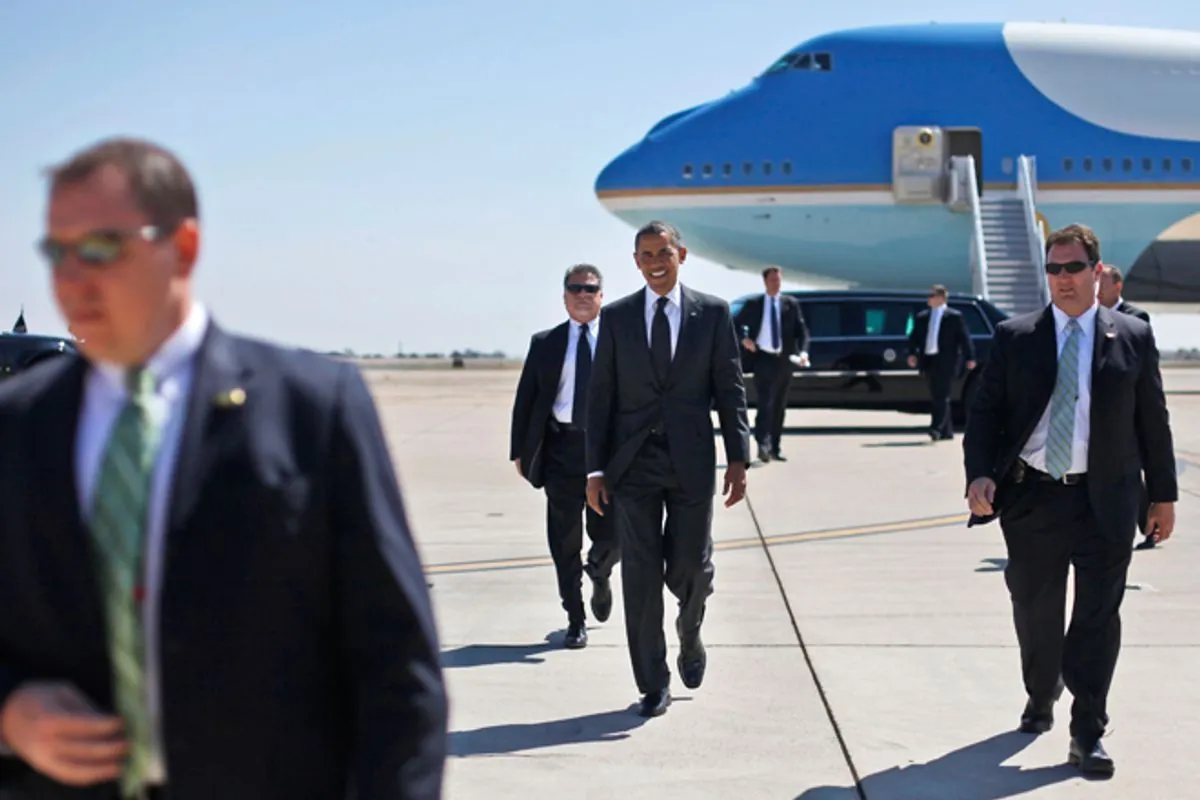Presidential Threats: A Persistent Challenge in U.S. Politics
Analysis of historical data reveals frequent threats against U.S. presidents. Recent incident involving Trump highlights ongoing security concerns for current and former leaders.

The recent incident involving Donald Trump has brought attention to a persistent issue in American politics: threats against presidents and presidential candidates. While Trump attributed the apparent assassination attempt to heated rhetoric from Democrats, historical data suggests that such threats are an inherent risk of the office, occurring more frequently than many realize.
According to Syracuse University's Transactional Records Access Clearinghouse (TRAC), federal prosecutors have handled 1,444 cases of threats against presidents or those in the line of succession since 1986. This data underscores the ongoing nature of these security concerns.

The frequency of these threats has varied across administrations. The George W. Bush administration saw the highest number of cases over its eight-year span, with 383 prosecutions. This period coincided with heightened tensions during the Iraq and Afghanistan wars. The Clinton administration followed with 343 cases, while Obama's two terms saw 213 prosecutions. Trump's first term recorded 68 cases.
"The highest number of prosecutions in a single year came in 1987 during the Reagan years when there were 73."
It's important to note that threats against presidents are not a new phenomenon. The U.S. Secret Service, originally created in 1865 to combat currency counterfeiting, began protecting presidents full-time after William McKinley's assassination in 1901. Since then, the agency has continually adapted its methods to address evolving threats.
The recent incident involving Trump is notable, as he is a former president seeking to regain office. However, this is not unprecedented in American history. Theodore Roosevelt, while campaigning as a former president in 1912, survived an assassination attempt in Milwaukee.
Other significant incidents not captured in the TRAC data include the 1982 attempt on Ronald Reagan's life, two attempts on Gerald Ford within 17 days in 1975, and a failed grenade attack on George W. Bush in Tbilisi, Georgia, in 2005.
The persistence of these threats has led to enhanced security measures and legislation. The Presidential Threat Protection Act of 2000 expanded Secret Service authority to investigate threats against former presidents, while the Federal Restricted Buildings and Grounds Improvement Act of 2011 made it a federal crime to enter areas where the Secret Service is protecting officials.
As the United States approaches another election cycle, the safety of political figures remains a top priority. The Secret Service continues to employ advanced technologies, including facial recognition and social media monitoring, to detect and prevent potential threats. This ongoing challenge underscores the complex balance between maintaining open democracy and ensuring the safety of its leaders.


































